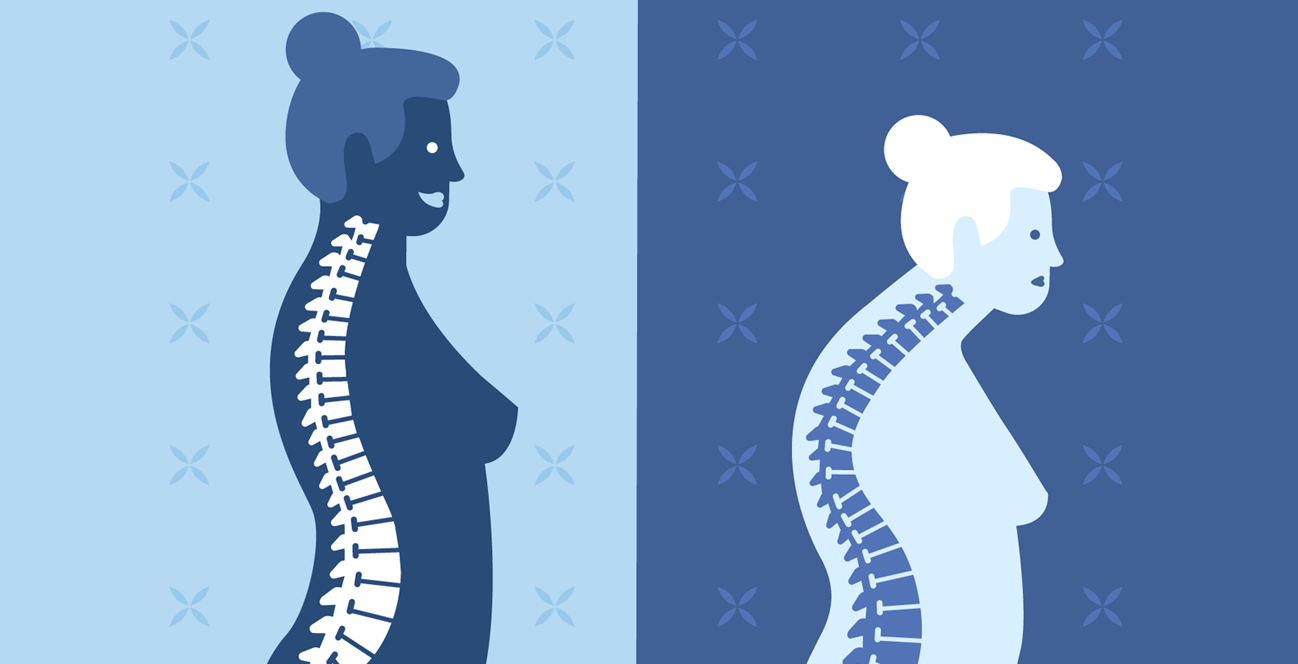Measuring burden of disease: The concept of QALYs and DALYs
Last Updated : 01 December 2011Public health interventions aim to reduce the burden of disease and increase the quality of life of populations. But which are the most pressing health problems? Which interventions are most likely to be successful? Do they provide good value for money? Two metrics abbreviated as QALY and DALY, can aid such assessments.
Introduction
Average life expectancy has increased but are these additional years healthy, productive and enjoyable? To evaluate and compare, health interventions undergo cost-effectiveness analysis to measure the impact on both the length and the quality of life. QALYs (Quality-Adjusted Life Year) and DALYs (Disability-Adjusted Life Year) are common terms used within this framework. QALYs are a measure of years lived in perfect health gained whereas DALYs are a measure of years in perfect health lost. They are the most frequently cited metrics for risk-benefit assessment.
Quality-Adjusted Life Year (QALY)
The QALY was invented in the 1970’s and has become an internationally recognised standard tool since the mid-1990s.1 A QALY is the arithmetic product of life expectancy combined with a measure of the quality of life-years remaining. The calculation is relatively straightforward; the time a person is likely to spend in a particular state of health is weighted by a utility score from standard valuations. In such valuation systems, ‘1’ equates perfect health and ‘0’ equates death. Since certain health states that are characterised by severe disability and pain are regarded as worse than death, they are assigned negative values.2
If an intervention provided perfect health for one additional year, it would produce one QALY. Likewise, an intervention providing an extra two years of life at a health status of 0.5 would equal one QALY. This effect is related to cost; cost per QALY. For example, if a new treatment gave an additional 0.5 QALYs and the cost of the new treatment per patient is a5,000 then cost per QALY would be a10,000 (5,000/0.5).2
Disability-Adjusted Life Year (DALY)
The DALY is an alternative tool which emerged in the early 90s, as a means of quantifying the burden of disease. DALYs sum years of life lost (YLL) due to premature mortality and years lived in disability/disease (YLD).1
YLL are calculated as the number of deaths at each age multiplied by the standard life expectancy for each age. YLD represent the number of disease/disability cases in a period multiplied by the average duration of disease/disability and weighted by a disease/disability factor. As an example, a woman with a standard life expectancy of 82.5 years and dying at age 50 would suffer 32.5 YLL. If she additionally turned blind at aged 45, this would add 5 years spent in a disability state with a weight factor of 0.33, resulting in 0.33 x 5 = 1.65 YLD. In total, this would amount to 34.15 DALYs.
For DALYs, the scale used to measure health state is inverted to a ‘severity scale’, whereby ‘0’ equates perfect health and ‘1’ equates death. The weight factors are age-adjusted to reflect social preference towards life years of a young adult (over an older adult or young child). Furthermore, they are discounted with time, thus favouring immediate over future health benefits.3
It is important to understand the differences between QALYs and DALYs, they are not interchangeable. The two measures can produce different results dependent on age at onset and duration of disease, and whether age and disability are weighted.
Limitations of DALYs and QALYs
QALYs and the DALYs can be applied to a wide range of diseases and interventions in different population settings, however both face criticisms. Neither measure fully captures the wider effects that stem from interventions: emotional and mental health, impact on carers and family, or non-health effects such as economic and social consequences (e.g. loss of work).1,4
QALYs can lack sensitivity and may be difficult to apply to chronic disease and preventative treatment. The derivation of ‘health state utilities’, i.e. defining weighting factors for specific health states, is subjective and controversial. Disease-specific measures may be used, but must be interpreted with caution.2 Similarly, standard life expectancy figures may overestimate DALYs saved when actual (local) life expectancy is shorter.1
Lastly, social preference weighting and discounting of DALYs present certain ethical issues: are young adults and non-disabled more productive and valuable to society? Does the value of health decrease over time?
Conclusion
QALYs and DALYs are tools, providing a single measure of mortality and morbidity, used internationally for assessing health care interventions and treatments. Their application in the realm of Public Health enables policy makers to make informed decisions, and countries to choose vital, cost-effective health solutions.1
References
- Sassi F (2006). Calculating QALYs, comparing QALY and DALY calculations. Health Policy Plan 21(5):402-408.
- Phillips C & Thompson G. (2009). Health economics (2nd edition).
- World Health Organization. The Global Burden of Disease concept.
- Anand S & Hanson K (1997). Disability-adjusted life years: A critical review. Journal of Health Economics 16:685-702.



